INDUCTION HARDENING AND FLAME HARDENING
Views Send Enquiry
WHAT ARE THE TREATMENTS?
Induction hardening and flame hardening are methods for hardening the surfaces of components, usually in selected areas, by the short-time application of high-intensity heating followed by quenching. The heating and hardening effects are localised and the depth of hardening is controllable.
Unlike thermochemical case-hardening treatments (carburising / carbonitriding) applied to low-carbon steels,
induction and flame hardening do not promote chemical enrichment of the surface with carbon, but rely on the
presence of an adequate carbon content already in the material to achieve the hardness level required. The
properties of the core remain unaffected and depend upon material composition and prior heat treatment.
Induction and flame hardening are typically used to treat components such a gears, shafts, rolls, slideways, cams,
crankshafts and camshafts.
Induction hardening involves passing a high-frequency alternating current through a suitably-shaped coil to
induce rapid heating of the component surface situated appropriately within its electro-magnetic field. Depth of
hardening is controlled by the parameters of the induction heating equipment, time of application and the
hardenability of the material. A variety of manipulation procedures can be employed to suit the geometry of the
component including ‘single-shot hardening’ in which the entire area to be hardened is heated in one operation
then quenched, and ‘progressive hardening’ which involves relative movement between the heating coil, quench head and the workpiece. Selective area hardening can thus be achieved by the combination of suitable coil design and manipulation. Flame hardening involves the direct impingement of oxy-gas flames from suitably designed and positioned burners onto the surface area to be hardened, followed by quenching. Depth of hardening is controlled by the design of the flame head, time of heating and the hardenability of the material. Again, hardening can be single-shot or progressive.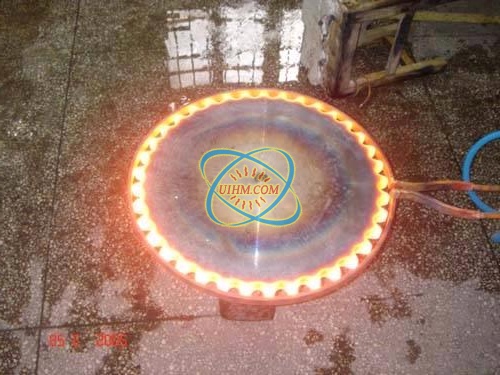
WHAT ARE THE BENEFITS?
• Both induction and flame hardening impart a hard, wear-resistant surface to the component whilst improving its fatigue strength through the development of residual surface compressive stresses in suitably deep cases. Because only the surface is heated and quenched, heat treatment distortion can be minimised.
• Faster localised cooling rates permit higher surface hardness values than might be achieved by through hardening.
• Deeper hardening can be obtained than with thermochemical treatments. Depending upon process parameters, hardened depths can be in the range 0.5- 10mm.
• Localised hardening can be used to strengthen components at critical points while leaving other areas
soft, without the need for the stopping-off procedures required in thermochemical case-hardening.
• Induction and flame hardening offer options for the treatment of exceptionally large components, where
conventional furnace heating and cooling would be impractical and where only localised surface hardening
is necessary.
• Both techniques can be automated for reproducible results once the processing parameters have been set.
WHAT SORT OF MATERIALS CAN BE TREATED?
• Induction and flame hardening can be applied to a wide range of steels and cast irons. Normally, medium-carbon steels (0.35-0.5% carbon), with or without alloying additions, are used to ensure a satisfactory hardening response, final choice depending on required surface hardness and core properties. With higher carbon contents there is an increased risk of cracking and careful control is necessary for successful treatment.
• The processes are used in certain circumstances for hardening previously-carburised surfaces on low-carbon steels
Induction hardening and flame hardening are methods for hardening the surfaces of components, usually in selected areas, by the short-time application of high-intensity heating followed by quenching. The heating and hardening effects are localised and the depth of hardening is controllable.
Unlike thermochemical case-hardening treatments (carburising / carbonitriding) applied to low-carbon steels,
induction and flame hardening do not promote chemical enrichment of the surface with carbon, but rely on the
presence of an adequate carbon content already in the material to achieve the hardness level required. The
properties of the core remain unaffected and depend upon material composition and prior heat treatment.
Induction and flame hardening are typically used to treat components such a gears, shafts, rolls, slideways, cams,
crankshafts and camshafts.
Induction hardening involves passing a high-frequency alternating current through a suitably-shaped coil to
induce rapid heating of the component surface situated appropriately within its electro-magnetic field. Depth of
hardening is controlled by the parameters of the induction heating equipment, time of application and the
hardenability of the material. A variety of manipulation procedures can be employed to suit the geometry of the
component including ‘single-shot hardening’ in which the entire area to be hardened is heated in one operation
then quenched, and ‘progressive hardening’ which involves relative movement between the heating coil, quench head and the workpiece. Selective area hardening can thus be achieved by the combination of suitable coil design and manipulation. Flame hardening involves the direct impingement of oxy-gas flames from suitably designed and positioned burners onto the surface area to be hardened, followed by quenching. Depth of hardening is controlled by the design of the flame head, time of heating and the hardenability of the material. Again, hardening can be single-shot or progressive.

WHAT ARE THE BENEFITS?
• Both induction and flame hardening impart a hard, wear-resistant surface to the component whilst improving its fatigue strength through the development of residual surface compressive stresses in suitably deep cases. Because only the surface is heated and quenched, heat treatment distortion can be minimised.
• Faster localised cooling rates permit higher surface hardness values than might be achieved by through hardening.
• Deeper hardening can be obtained than with thermochemical treatments. Depending upon process parameters, hardened depths can be in the range 0.5- 10mm.
• Localised hardening can be used to strengthen components at critical points while leaving other areas
soft, without the need for the stopping-off procedures required in thermochemical case-hardening.
• Induction and flame hardening offer options for the treatment of exceptionally large components, where
conventional furnace heating and cooling would be impractical and where only localised surface hardening
is necessary.
• Both techniques can be automated for reproducible results once the processing parameters have been set.
WHAT SORT OF MATERIALS CAN BE TREATED?
• Induction and flame hardening can be applied to a wide range of steels and cast irons. Normally, medium-carbon steels (0.35-0.5% carbon), with or without alloying additions, are used to ensure a satisfactory hardening response, final choice depending on required surface hardness and core properties. With higher carbon contents there is an increased risk of cracking and careful control is necessary for successful treatment.
• The processes are used in certain circumstances for hardening previously-carburised surfaces on low-carbon steels
Good
Bad
Related Content
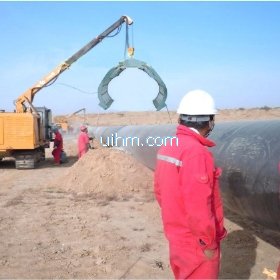
Air Cooled clamp coil (half-open coil) for preheating gas pipeline
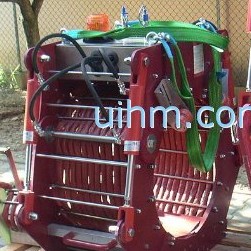
induction coating by air cooled clamp induction coil
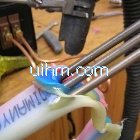
Remove plastic coating from steel tubes by Induction Heating
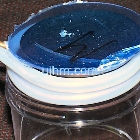
Releasing Fixture by Induction Heating
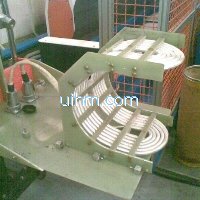
U shape air cooled induction coil by UM-100C-HF for pipeline preheating
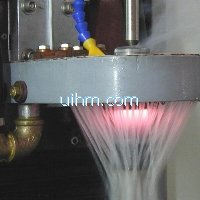
induction quenching with custom-design inductor
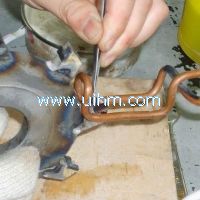
induction brazing diamond segment
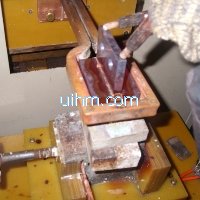
induction brass soldering copper plate_2
Hot
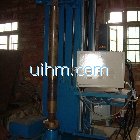
induction hardening axle (shaft) by 100KW induction heater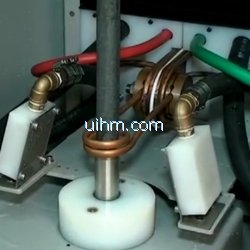
induction quenching axle (shaft) by 160KW induction heater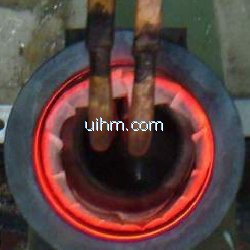
induction hardening inner surface (inwall)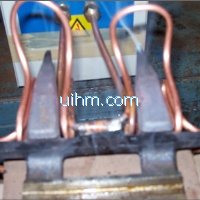
Induction Hardening Harvestor Combined Finger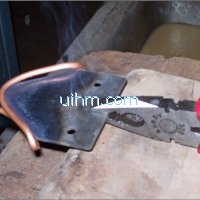
Induction Hardening Harvestor Combined Blade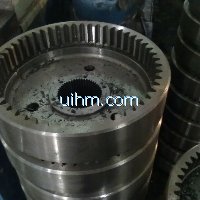
workpiece for induction hardening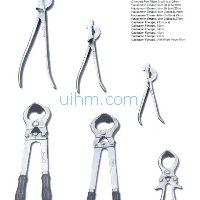
induction hardening veterinary instrument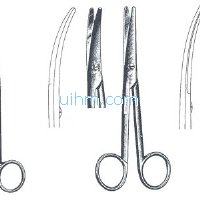
induction hardening surgical device

Newest Comment
No Comment
Post Comment